Arizona’s vast landscape harbors countless hidden treasures, particularly its lesser-
known canyons. These secluded spots offer photographers unparalleled
opportunities to capture stunning images away from the crowds.
They provide unique perspectives of the state’s dramatic geology, varied wildlife, and ever- changing light conditions, creating magical moments for the dedicated photographer. Whether you’re a professional looking for your next portfolio piece or an enthusiast seeking to improve your landscape photography skills, these hidden gems will reward your adventurous spirit with extraordinary photo opportunities.
Coal Mine Canyon (Tuba City)
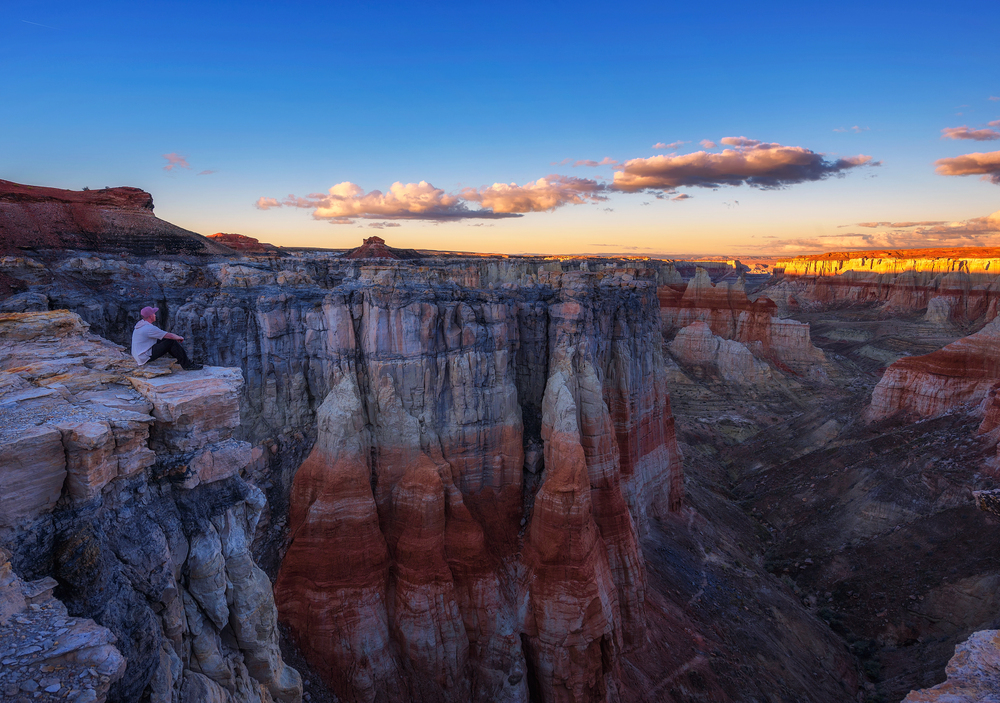
This remote canyon near the Navajo Nation showcases stunning striped walls
created by layers of red mudstone, white sandstone, and dark coal seams. The
dramatic color variations are particularly photogenic during the golden hour when the
sun’s rays create an ethereal glow across the banded formations.
The canyon’s relative obscurity means you’ll likely have the entire location for uninterrupted shooting sessions. Access requires a high-clearance vehicle and planning, as the nearest services are 15 miles away in Tuba City.
The best photography opportunities occur during the early morning hours when shadows play across the geological features.
West Fork Canyon (Sedona)
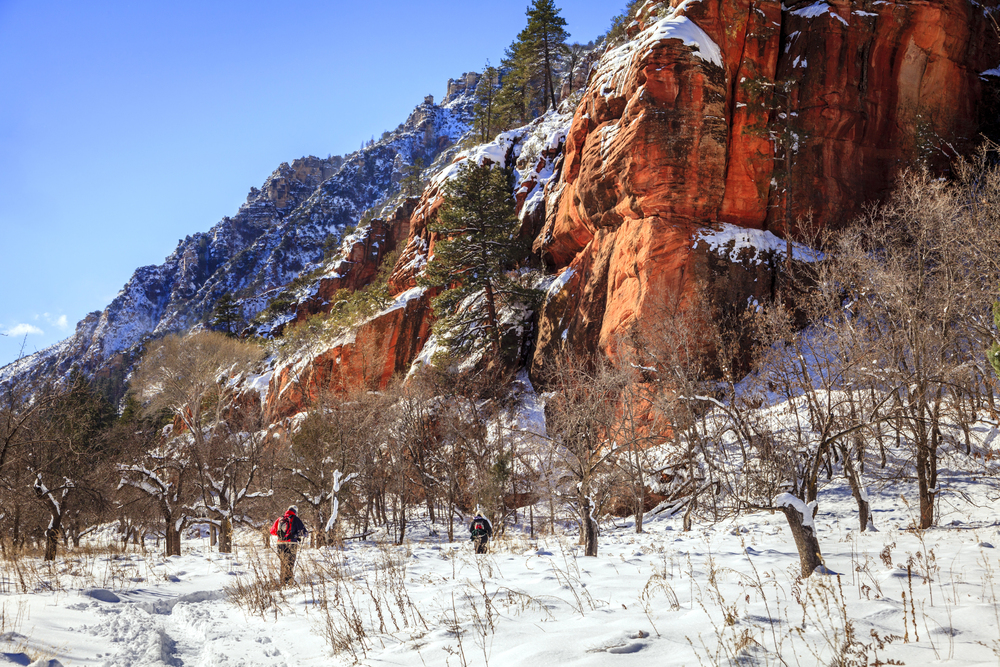
Nestled within the Red Rock-Secret Mountain Wilderness, this hidden gem offers a
stunning combination of towering red cliffs and crystal-clear waters. The canyon’s
narrow passages create perfect conditions for capturing reflected light on the water’s
surface during midday hours.
Seasonal changes dramatically transform the landscape, with fall colors providing especially vibrant photo opportunities. Photography here benefits from the natural framing created by overhanging rocksmand dense vegetation.
The 6-mile round-trip hike requires multiple creek crossings, so waterproof gear protection is essential.
Like Travel Pug’s content? Follow us on MSN.
Paria Canyon (Vermilion Cliffs)
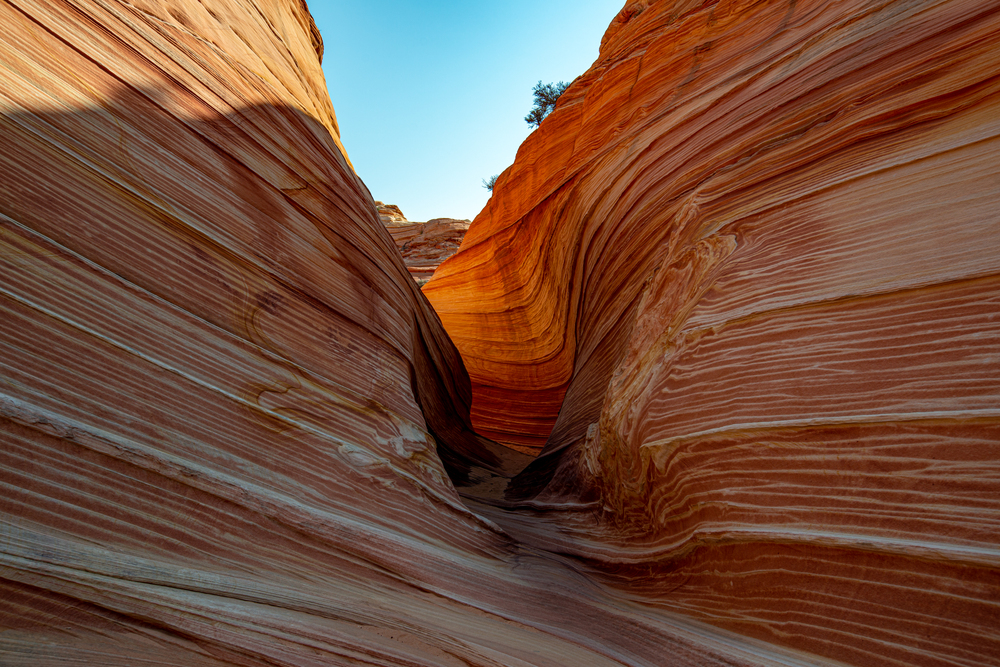
This remote canyon system stretches 38 miles through Arizona’s most pristine
wilderness areas. The towering walls display various color variations, from deep reds
to subtle purples and oranges.
Wave-like formations in the sandstone create fascinating patterns that photograph beautifully in direct and indirect light. Due to the canyon’s remoteness and lack of reliable water sources, access requires a permit and careful planning.
The most photogenic sections are found between miles 7 and 12, where the walls reach 500 feet.
Apache Canyon (Santa Cruz County)
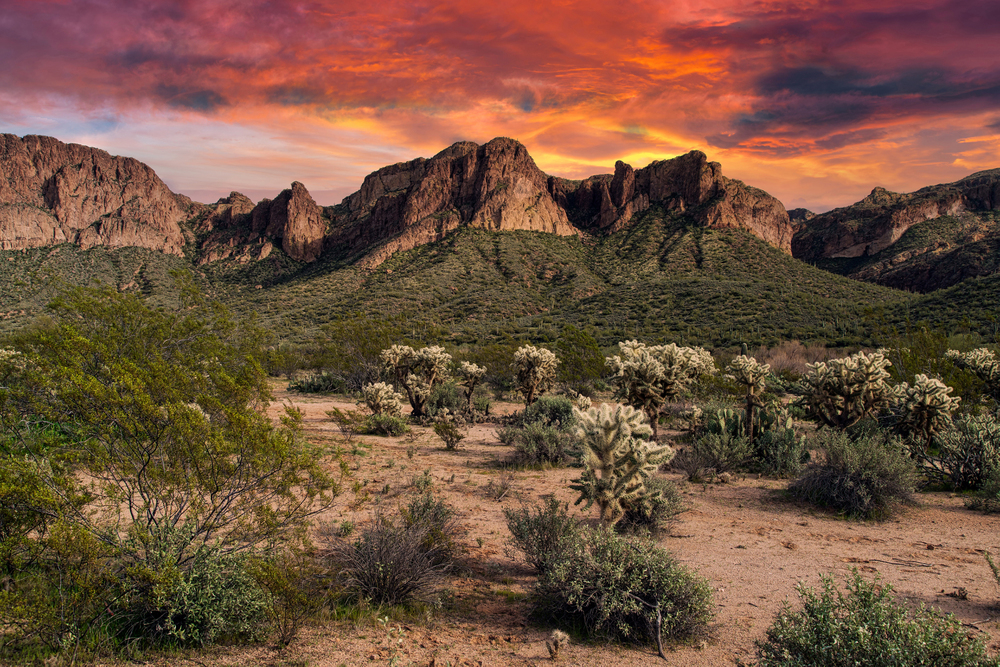
Hidden within the Coronado National Forest, this lesser-known canyon features
dramatic limestone formations and seasonal waterfalls. The canyon’s orientation
creates perfect lighting conditions during late afternoon hours when sunlight filters
through the oak canopy.
Wildlife photographers will appreciate the diverse bird species that frequent the area, particularly during migration seasons. The canyon’s remote location requires a 4-mile hike from the nearest parking area, but the solitude and pristine conditions make it worthwhile.
Spring brings an abundance of wildflowers that add splashes of color to your compositions.
Blue Canyon (Hopi Lands)
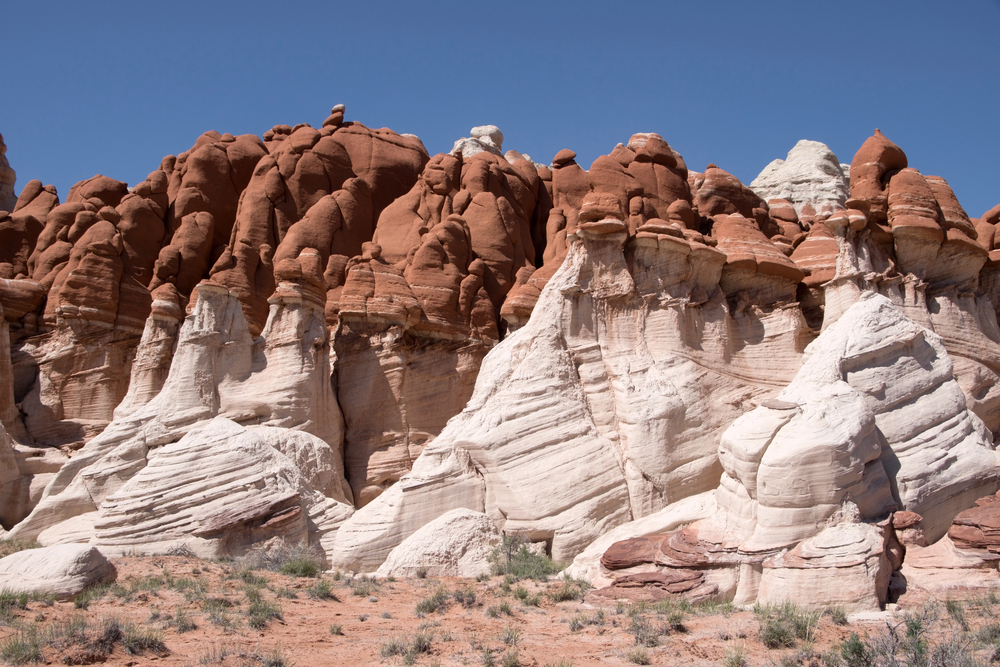
Located on Hopi tribal lands, this hidden wonder showcases unusual blue-gray
badlands formations unlike Arizona’s. The otherworldly landscape features countless
hoodoos and spires that create endless possibilities for unique compositions.
Photography permits must be obtained from the Hopi tribe, but the extra effort
rewards you with access to truly unspoiled terrain. Morning light brings out the
strongest blue coloration in the rock formations.
The area’s high elevation provides clean, clear air, ideal for sharp, detailed images.
Like Travel Pug’s content? Follow us on MSN.
Crack Canyon (Page)
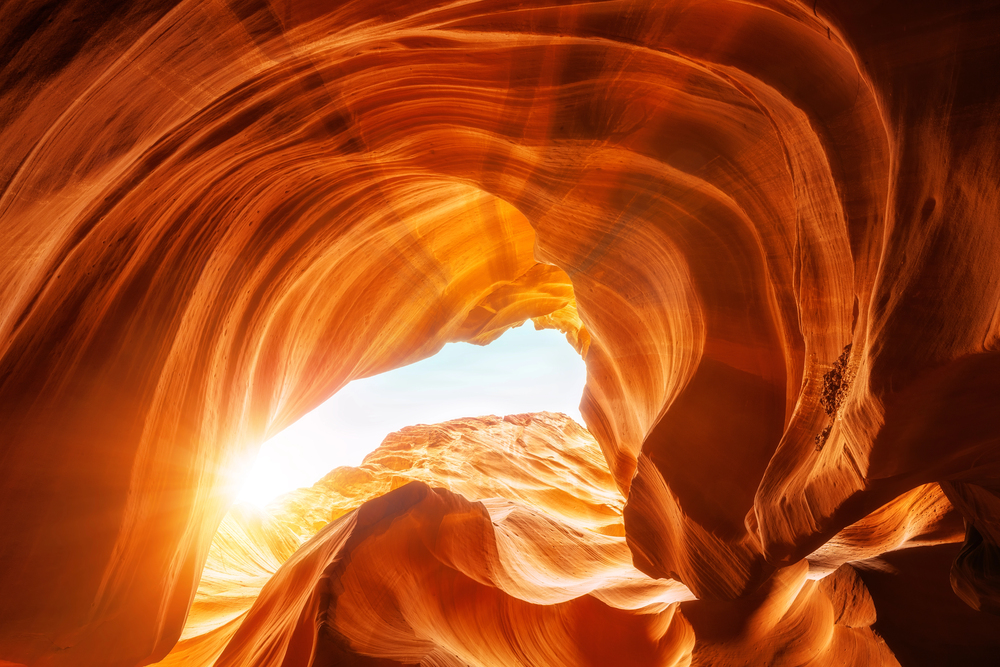
This narrow slot canyon near Page offers intimate views of swirling sandstone
formations carved by centuries of flash floods. At specific times of day, light beams
penetrate the canyon’s depths, creating spectacular photo opportunities as they
illuminate the smooth canyon walls.
The canyon’s tight confines require careful equipment selection and knowledge of low-light photography techniques. Access involves a moderate 2-mile hike across open desert terrain.
The best photographic conditions occur between 10 AM and 2 PM when indirect light fills the canyon.
Rock Creek Canyon (White Mountains)
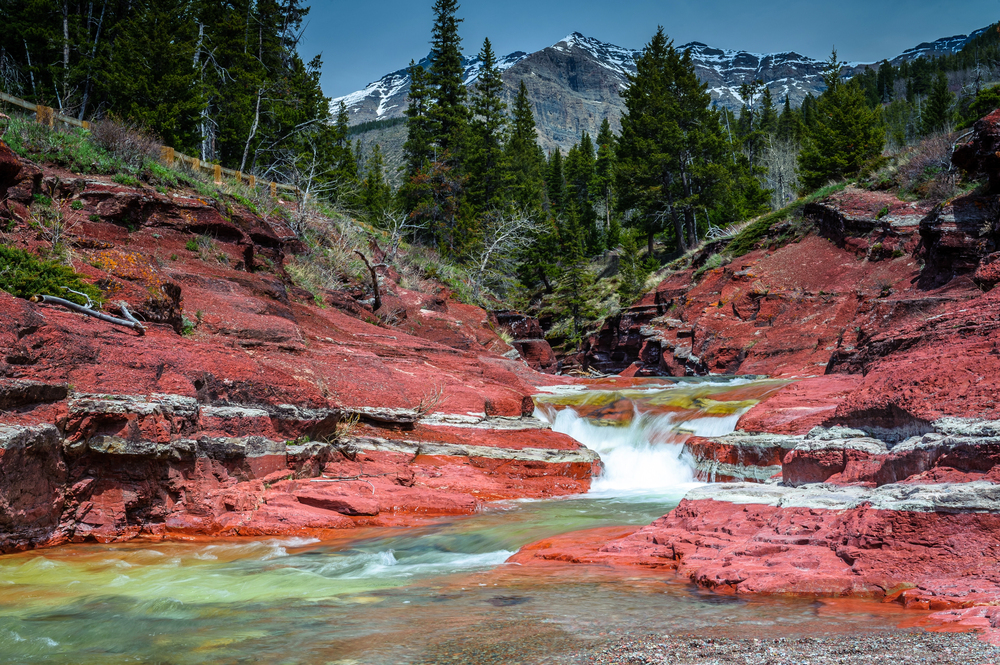
Tucked away in Arizona’s eastern mountains, this forested canyon provides year-
round photography opportunities in a dramatically different setting. The perennial
stream creates numerous small waterfalls and rapids that photograph beautifully with
slow shutter speeds.
A dense pine forest surrounds the canyon, offering unique perspectives and combining flowing water and woodland elements. Winter brings snow to the canyon, transforming it into a monochromatic wonderland.
The 8-mile access road requires four-wheel drive during wet conditions.
Deer Creek Canyon (Grand Canyon)
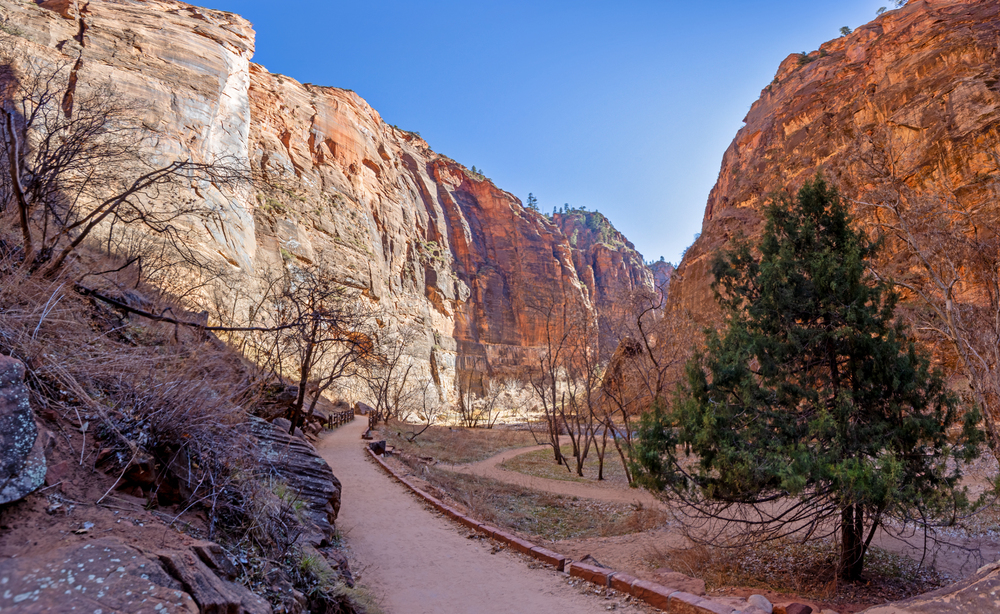
This remote side canyon of the Grand Canyon features a 180-foot waterfall and lush
vegetation that contrasts beautifully with the surrounding desert environment. The
canyon’s north-facing orientation creates optimal lighting conditions for photography
throughout most of the day.
Access requires a strenuous 15-mile round-trip hike from the rim, ensuring solitude for serious photographers. The lower canyon narrows dramatically, creating intimate compositions of water-polished marble walls.
Spring runoff provides the most dramatic water flow for waterfall photography.
Like Travel Pug’s content? Follow us on MSN.
Pine Creek Canyon (Tonto National Forest)
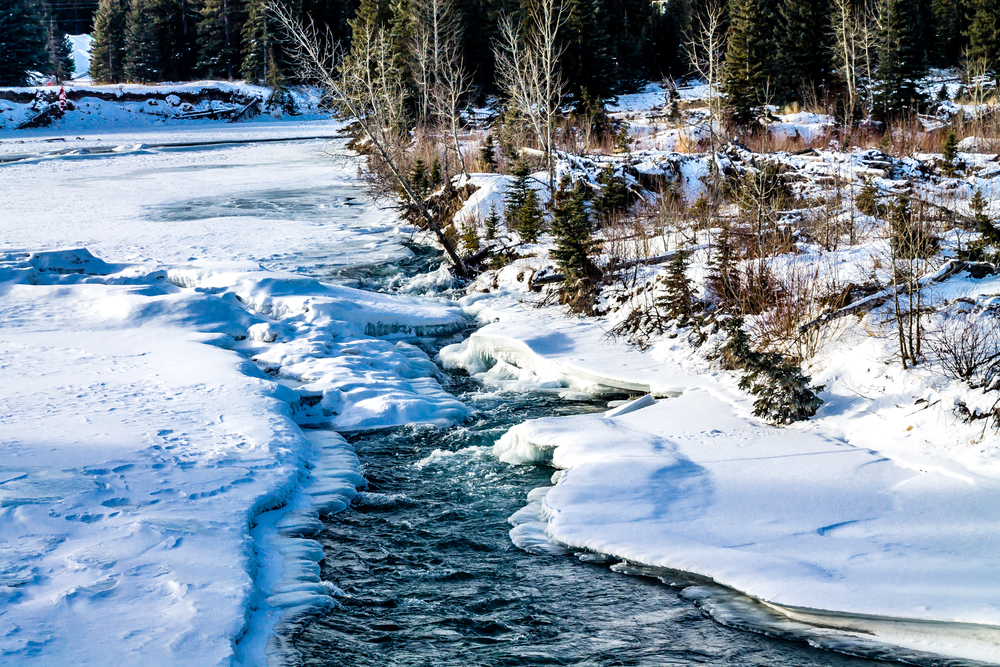
Hidden beneath the Mogollon Rim, this deep canyon combines vertical cliffs with a
year-round stream and diverse vegetation. Its east-west orientation provides
excellent morning and evening light for dramatic landscape shots.
Ancient petroglyphs along the canyon’s northern walls add cultural interest to photographs. The canyon bottom remains cool during summer, allowing for comfortable mid-day
shooting.
Access requires navigating several unmarked forest service roads, ensuring minimal photographer traffic.
Chevelon Canyon (Winslow)
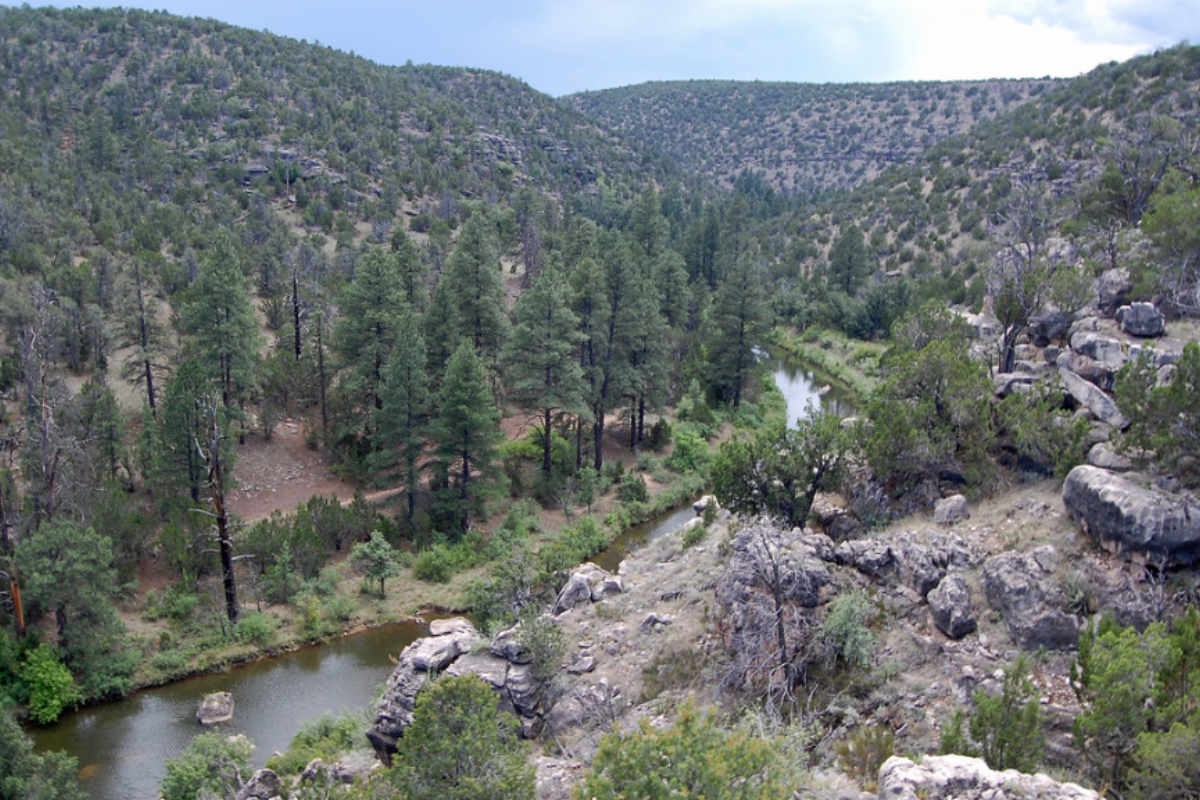
This dramatic gorge cuts through layers of sandstone and limestone, creating a
photographer’s paradise of textures and patterns. The canyon’s depth creates
challenging but rewarding lighting conditions that change dramatically throughout the
day.
A permanent creek provides landscape and wildlife photography opportunities
throughout the year. The remote location requires careful planning and a high-
clearance vehicle for access. Spring wildflower displays add splashes of color to the
rocky terrain.
Diamond Creek Canyon (Hualapai Lands)
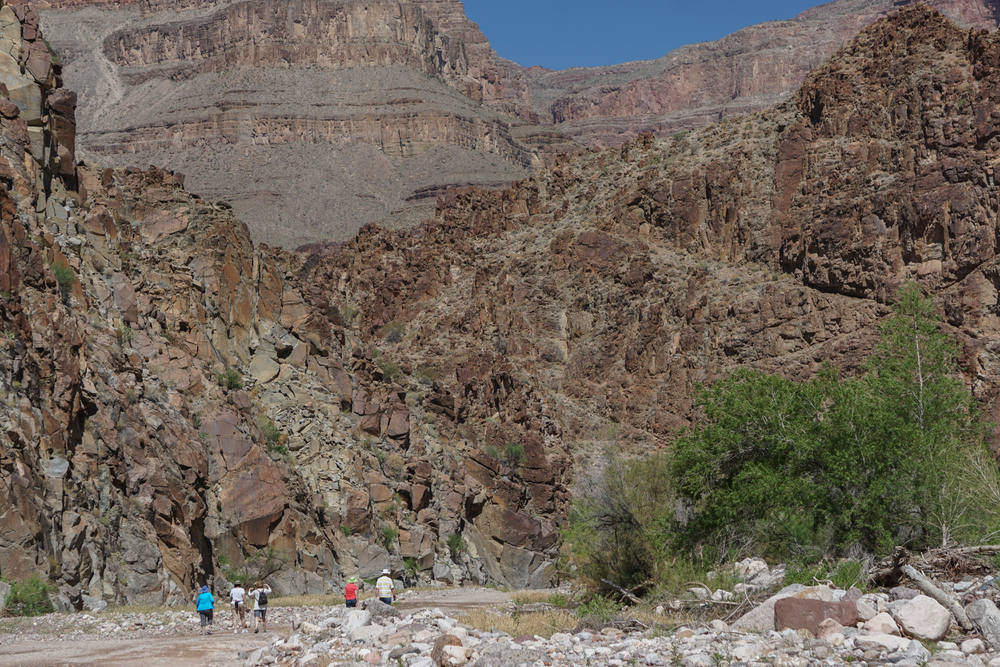
Located on Hualapai tribal lands, this canyon provides unique access to the
Colorado River through a dramatic limestone gorge. The canyon walls display
fascinating geological patterns that photograph well during early morning hours.
Access requires a permit from the Hualapai tribe and a four-wheel-drive vehicle
capable of handling rough terrain. The canyon’s width allows for excellent light
throughout most of the day.
Seasonal monsoon storms create dramatic sky conditions perfect for landscape photography.
Like Travel Pug’s content? Follow us on MSN.
Sycamore Canyon (Clarkdale)
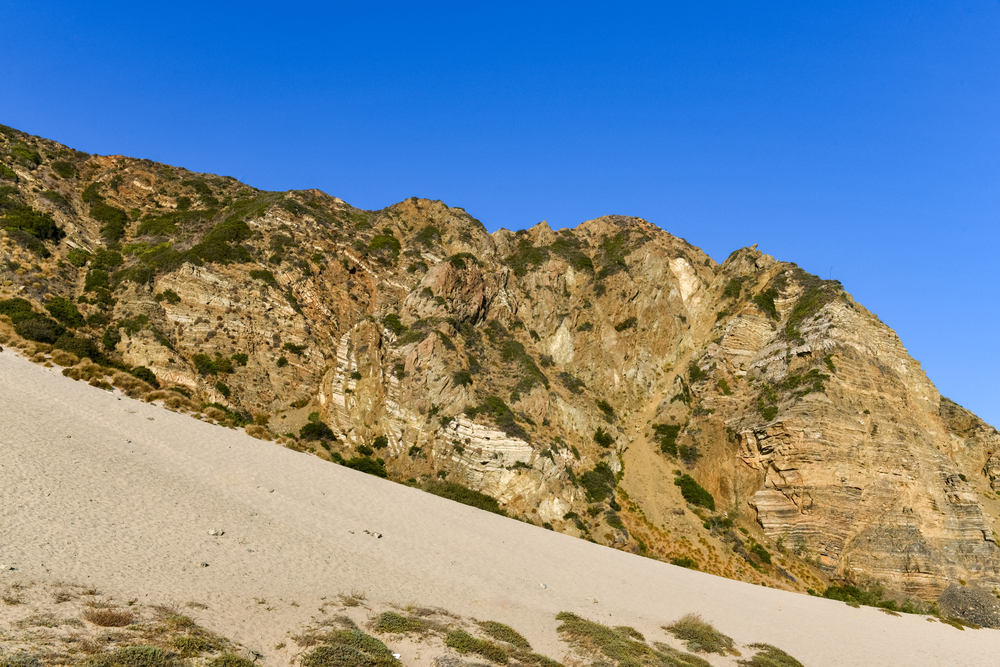
This hidden wilderness area features colorful cliff walls, abundant wildlife, and
seasonal water flows, creating diverse photo opportunities. The canyon’s varying
width creates interesting light plays throughout the day, particularly during golden
hour.
Ancient ruins and rock art sites provide unique cultural elements to incorporate
into landscape compositions. The canyon’s 20-mile length offers multiple access
points for different photographic perspectives. Fall colors create dramatic photo
opportunities when the namesake sycamore trees change color.
White Creek Canyon (Show Low)

This secluded canyon in the White Mountains offers a refreshing mix of flowing water
and volcanic rock formations. The small canyon allows photographers to explore
different compositions thoroughly within a day.
Wildflowers bloom throughout summer, adding color to the predominantly gray and black rock walls. The area receives relatively few visitors, allowing for uninterrupted photography sessions.
Morning fog frequently fills the canyon, creating ethereal conditions for atmospheric
shots.
Aravaipa Canyon (Safford)
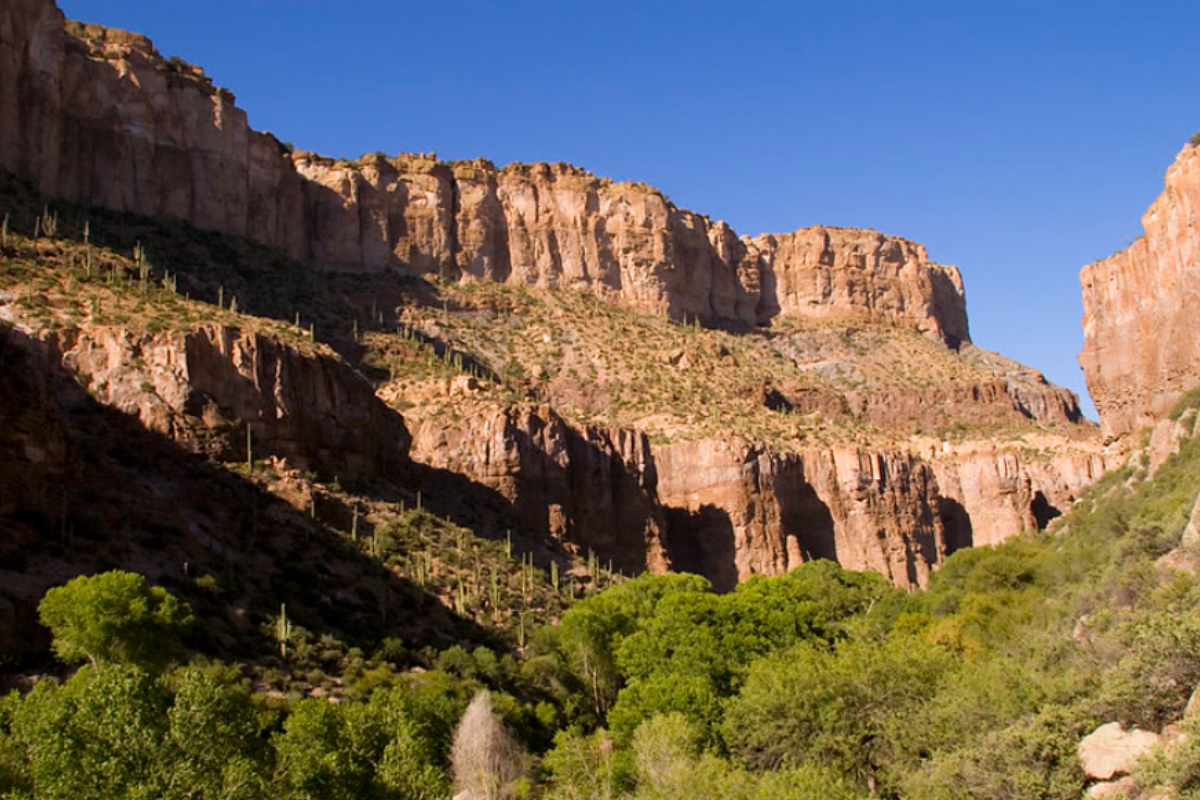
This lush, riparian canyon provides year-round running water and abundant wildlife
photography opportunities in a desert setting. The canyon’s wilderness designation
limits access to 50 people daily, ensuring minimal impact on your photography.
Dense vegetation creates countless opportunities for intimate landscape compositions throughout the 11-mile canyon. The permanent stream attracts diverse wildlife species, particularly during early morning and late evening hours. Swimming holes reflect the canyon walls, creating mirror-like surfaces for unique compositions.
Like Travel Pug’s content? Follow us on MSN.
Secret Canyon (Sedona)
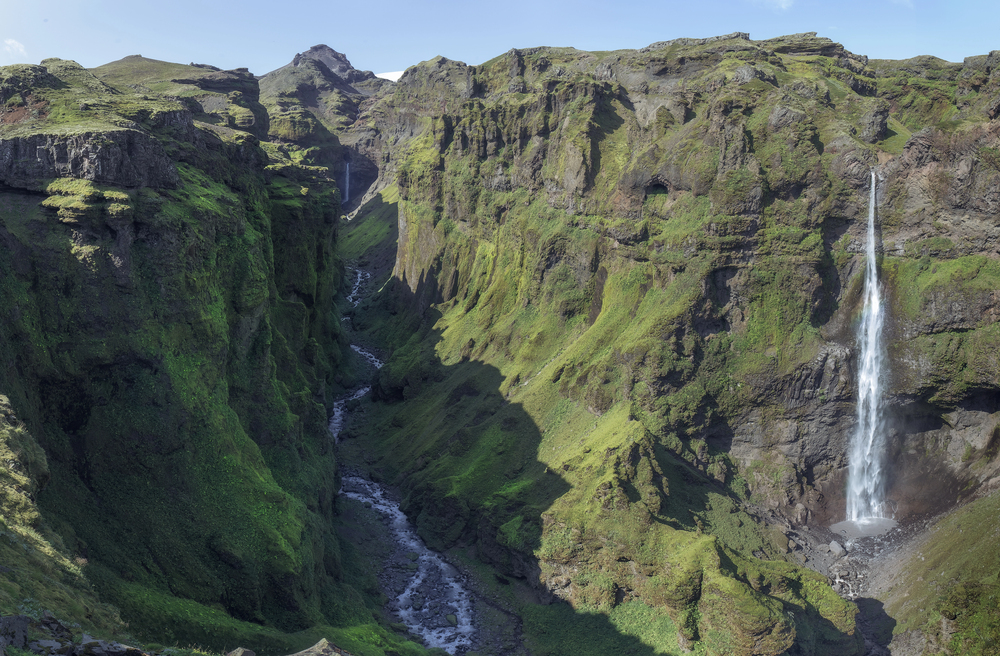
This hidden gem within the Red Rock-Secret Mountain Wilderness offers classic
Sedona scenery without the crowds. The canyon’s twisting course creates numerous
alcoves and corners that catch dramatic lighting throughout the day.
Ancient juniper trees provide excellent foreground elements for wider landscape shots. The 4-mile access trail helps limit visitor numbers, preserving the canyon’s pristine condition. Spring brings desert wildflowers that contrast beautifully with the red rock walls.
Capturing Arizona’s Hidden Wonders
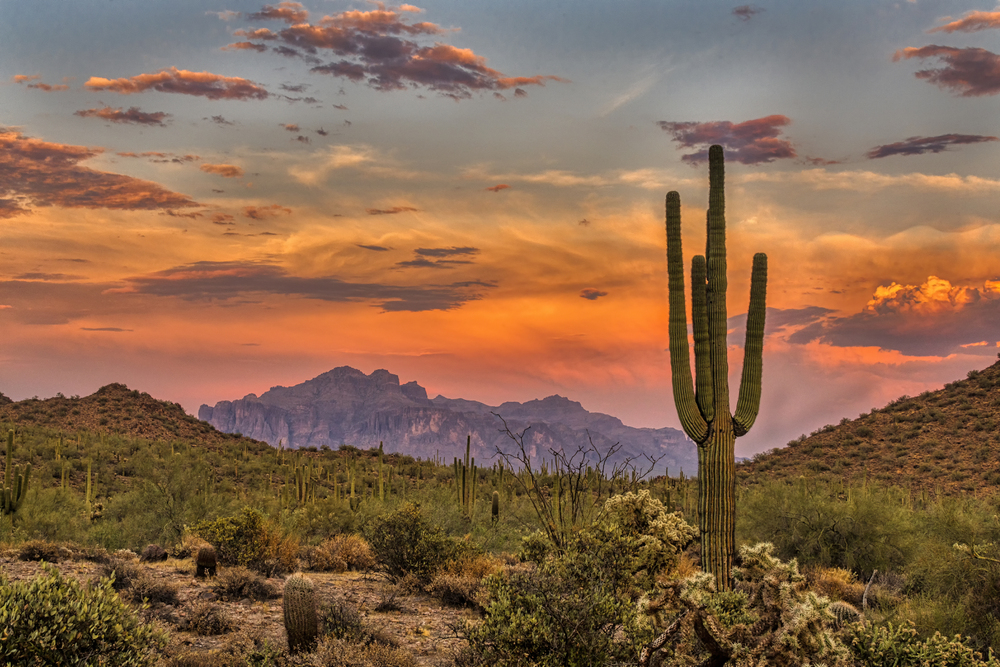
These secluded canyons represent just a fraction of Arizona’s hidden photographic
treasures, each offering unique opportunities to capture the state’s diverse
landscapes and geological wonders.
To help preserve these special places for future photographers, always check
access requirements, bring appropriate gear for remote locations, and practice
‘Leave No Trace’ principles. The effort required to reach these hidden canyons will
be rewarded with unforgettable images and experiences in some of Arizona’s most
pristine wilderness areas.
More from Travel Pug

- 15 Dangerous European Cities to Avoid
- 15 Caribbean Islands Where Tourists Keep Getting Scammed
- The 20 Most Fascinating Abandoned Places: A Journey Through Time and Forgotten Spaces
- 15 Hidden Places in the Smithsonian Museums Locals Love: A Guide to Lesser-Known Treasures
- 16 Hidden Florida Beach Towns That Aren’t Overrun with Tourists
Like Travel Pug’s content? Follow us on MSN.
